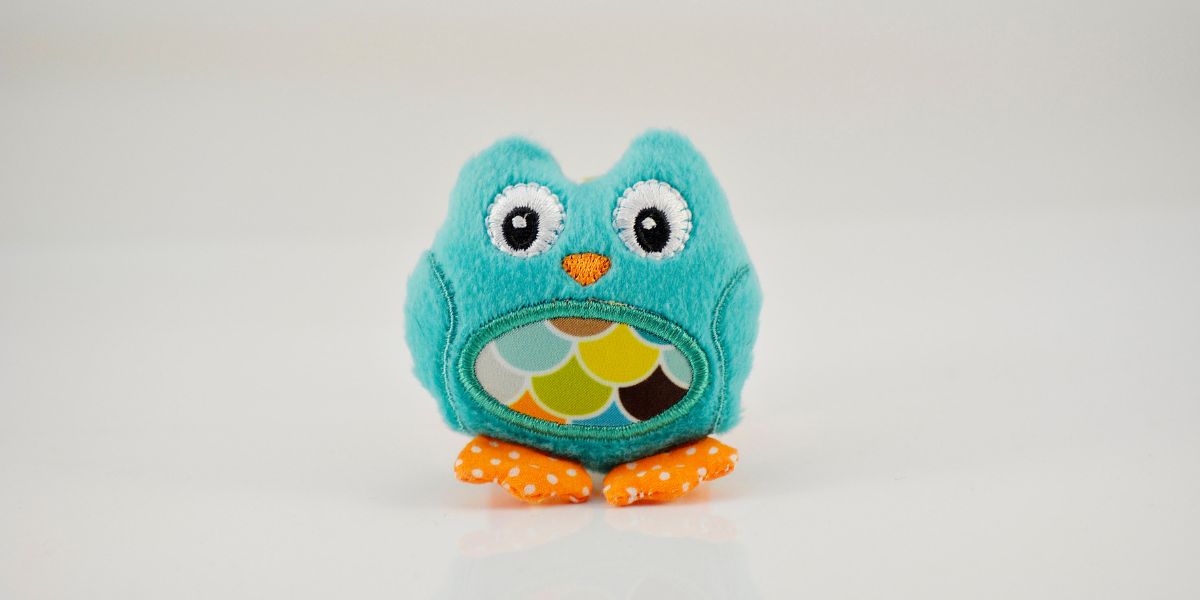
When introducing new toys to your feathered friend, it's essential to approach the process with care and patience. Beginning with a gradual introduction, you can observe your bird's reactions closely to ensure they feel comfortable and at ease. Incorporating familiar objects and using positive reinforcement techniques can aid in creating a positive association with the new toy. However, there's a crucial element that often goes overlooked in this process, which can significantly impact your bird's acceptance and enjoyment of the new addition.
Understand Your Bird's Preferences
To introduce new toys to your bird successfully, it's essential to understand its preferences. Each bird has unique likes and dislikes when it comes to toys. Observing your bird's behavior can provide valuable insights into what types of toys it enjoys. Some birds may prefer toys they can chew on, while others might enjoy toys that make noise or offer a challenge. By paying attention to your bird's reactions to different toys, you can determine which ones are the most engaging for them.
Consider the materials your bird prefers as well. Some birds may enjoy toys made of natural materials like wood or leather, while others might prefer colorful plastic toys. It's important to offer a variety of toys to keep your bird mentally stimulated and entertained. Additionally, rotating toys regularly can prevent boredom and ensure your bird remains engaged.
Gradually Introduce New Toys
When introducing new toys to your bird, consider gradually introducing them to prevent overwhelming your feathered friend. Birds can be sensitive to changes in their environment, so introducing new toys slowly can help them adjust more comfortably. Start by placing the new toy near your bird's cage for a few days so they can observe it from a distance. This allows your bird to become familiar with the toy without feeling threatened.
After a few days, you can move the toy closer to the cage, allowing your bird to get a closer look. If your bird shows any signs of stress or fear, take a step back and give them more time to adjust. Once your bird seems curious and comfortable with the toy, you can attach it to the cage or place it inside for them to explore. By gradually introducing new toys, you can help your bird feel more at ease and avoid causing unnecessary stress.
Incorporate Familiar Objects
Consider incorporating familiar objects when introducing new toys to your bird. Birds often feel more comfortable and at ease when they're surrounded by items they already know and trust. By placing familiar objects near the new toy, you can help your bird feel more secure and less anxious about the unfamiliar item. This can create a smoother transition and increase the likelihood of your bird accepting and enjoying the new toy.
To incorporate familiar objects, you can start by placing the new toy near your bird's favorite perch or next to toys they already play with regularly. This proximity can help your bird associate the new toy with positive experiences and familiar surroundings. Additionally, you can try attaching a few familiar toys or treats to the new toy to make it more enticing and appealing.
Use Positive Reinforcement Techniques
When introducing new toys to your bird, reinforcing positive behavior through techniques such as rewards and praise can help encourage interaction and acceptance. Birds respond well to positive reinforcement, so be sure to offer treats, verbal praise, or head scratches when your bird shows interest in or interacts with the new toy. This will create a positive association with the toy and motivate your bird to explore it further.
Using treats strategically can be a powerful tool in encouraging your bird to engage with the new toy. Offer a favorite treat when your bird approaches the toy or plays with it, reinforcing the idea that interacting with the toy leads to a rewarding outcome. Verbal praise in a soothing tone can also reassure your bird and make the introduction of new toys a pleasant experience.
Remember to be patient and consistent with your positive reinforcement techniques. It may take time for your bird to feel comfortable with the new toy, but with encouragement and rewards, they'll likely adapt and enjoy their new plaything.
Monitor and Adjust Accordingly
Keep a close eye on your bird's reaction to the new toy and make adjustments as needed to ensure their comfort and enjoyment. Observing how your bird interacts with the toy can provide valuable insights into whether they find it engaging or stressful. If your bird seems hesitant or scared, consider moving the toy to a different location in the cage or changing its placement to see if that makes a difference. Some birds may need time to get used to a new toy, so be patient and give them space to explore it at their own pace.
Adjusting accordingly also means paying attention to any signs of distress or discomfort. If your bird shows signs of fear or aggression towards the toy, it's essential to remove it immediately to prevent any negative associations. On the other hand, if your bird shows excitement and curiosity, you can reinforce this positive behavior by offering treats or praise when they interact with the toy.




